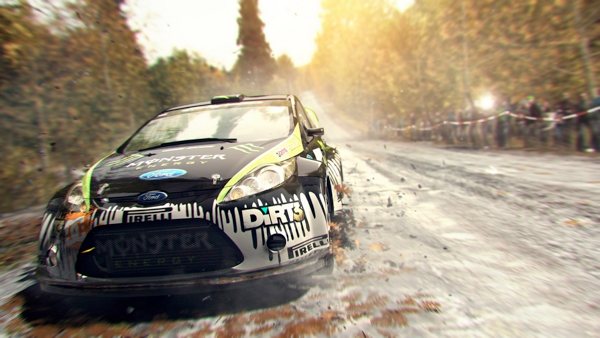Closing Thoughts
To be honest I've had little time to actually play Dirt 3 as I prepared this performance review, but it looks to be every bit as good as its predecessor, just with more of everything. More tracks, more cars, a much improved menu system, and of course, enhanced graphics. Dirt 3's visuals make it immediately clear that it's not just another racing game, and reviews so far indicate an overwhelmingly positive reception.
In our tests we didn't experience any significant bugs or other gameplay anomalies and as far as graphics optimization is concerned, Dirt 3 is a breath of fresh air compared to the other buggy titles we've tested in recent times. Crossfire and SLI worked perfectly out of the box, which is somewhat uncommon as gamers usually have to wait for a driver update.
Enabling maximum visual quality with 4xAA, I'd say all graphics cards performed better than expected considering the astounding graphics. Previous generation mid-range products such as the GeForce GTX 460 1GB and Radeon HD 5830 delivered playable frame rates at 1680x1050, while folks running Full HD screens need only a GeForce GTX 560 or Radeon HD 6870 to enjoy Dirt 3 at its best.

Gamers still running a dual-core (two threaded) processor might find it difficult to exceed 60fps as the Phenom II X2 560 limited our GTX 590 to just 57fps opposed to the whopping 96fps it managed with the Phenom II X4 980. Athlon II owners will witness a similar bottleneck, even with four cores. Anyone with an Intel Core i5 or i7 processor should be fine – but don't expect any big gains when overclocking.
Those of you fortunate enough to have a triple monitor setup should really enjoy Dirt 3. A multi-GPU configuration is a requirement if you intend to play the game on its highest settings however. Based on our tests, you'll want a Crossfire or SLI setup that is equal to or greater than the Radeon HD 6990 or GeForce GTX 590, especially when going beyond 5040x1050.